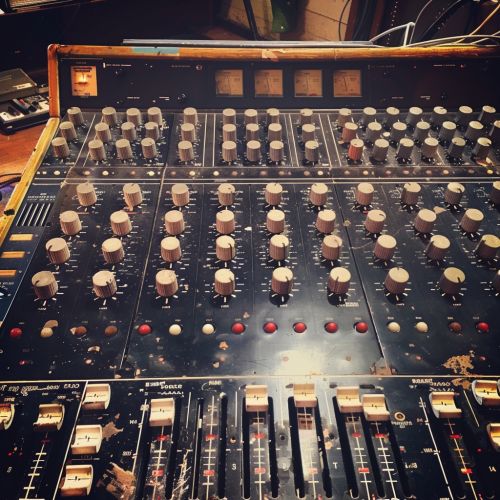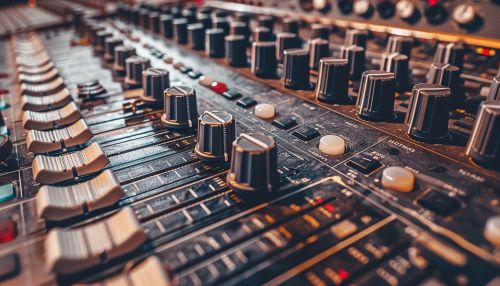Audio Mixing in Recorded Music
Introduction
Audio mixing is a critical step in the production of recorded music. It involves the process of balancing, adjusting, and combining multiple sound sources to create a cohesive and pleasing sonic experience. The process is typically carried out by a professional audio engineer using specialized equipment in a dedicated mixing studio.
History of Audio Mixing
The art of audio mixing has its roots in the early 20th century, with the advent of electrical recording technology. Prior to this, all sound was recorded acoustically, with performers gathered around a single horn or microphone. With the development of electrical recording, it became possible to record different elements separately and then combine them later. This was the birth of audio mixing.


The Process of Audio Mixing
The process of audio mixing involves several steps, each of which contributes to the final sound of the recording. These steps include:
- Track Leveling: This involves adjusting the volume levels of each individual track to ensure that no one element is too loud or too soft in relation to the others.
- Panning: This is the process of positioning each track within the stereo field. This can create a sense of space and depth in the mix.
- Equalization (EQ): This involves adjusting the tonal balance of each track by boosting or cutting specific frequency ranges. This can help to ensure that each element of the mix has its own 'space' in the frequency spectrum, and can prevent certain frequencies from becoming too dominant.
- Dynamics Processing: This includes techniques such as compression and limiting, which are used to control the dynamic range of the mix. This can help to ensure that the mix is balanced and consistent in terms of volume.
- Effects Processing: This includes the use of effects such as reverb and delay, which can add depth and character to the mix.
- Automation: This involves the use of automated changes in volume, panning, EQ, and other parameters over time. This can add movement and interest to the mix.
- Mastering: This is the final step in the mixing process, and involves further processing to ensure that the mix will sound good on a wide range of playback systems.
Equipment Used in Audio Mixing
The equipment used in audio mixing can vary widely depending on the specific needs of the project, the preferences of the engineer, and the budget available. However, some common pieces of equipment include:
- Mixing Console: This is the central hub of the mixing process, and allows the engineer to control the level, panning, EQ, and other parameters of each track.
- Outboard Gear: This includes standalone units such as compressors, equalizers, and effects processors, which can be used to process the audio signals.
- Audio Interface: This is the device that allows the audio signals to be sent to and from the computer.
- Monitor Speakers: These are used to listen to the mix during the mixing process.
- Headphones: These are often used for detailed listening during the mixing process.
- Digital Audio Workstation (DAW): This is the software used to record, edit, and mix the audio.
The Role of the Audio Engineer
The audio engineer plays a crucial role in the audio mixing process. They are responsible for making the technical and creative decisions that shape the final sound of the recording. This requires a deep understanding of audio technology, as well as a keen ear for musical balance and detail.
The engineer must also be able to communicate effectively with the artist and producer, to ensure that their vision for the music is realized in the mix. This often involves a process of negotiation and compromise, as the engineer works to balance the technical requirements of the mix with the creative desires of the artist.
Conclusion
Audio mixing is a complex and nuanced process, requiring a blend of technical skill, musical understanding, and creative instinct. It plays a crucial role in shaping the final sound of recorded music, and is a key component of the music production process.
